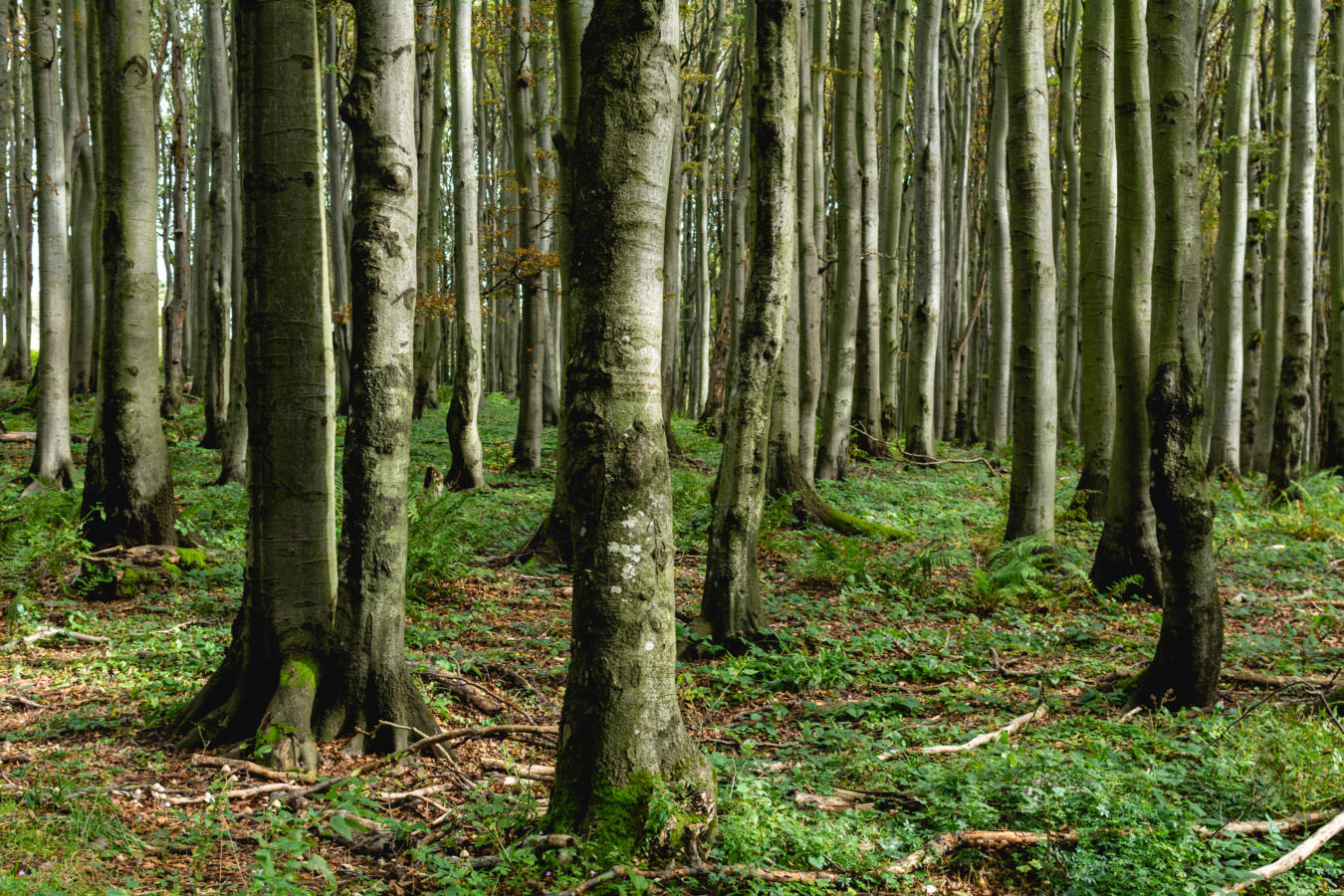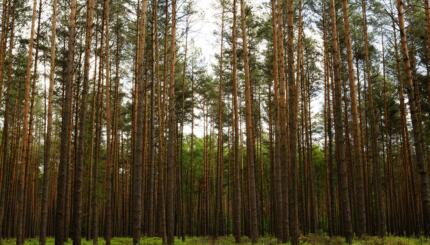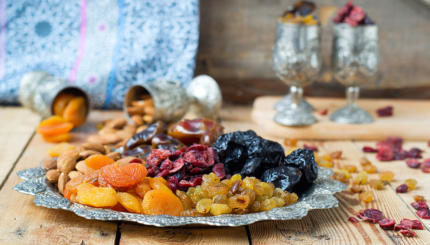Tu Bishvat is the Jewish new year for trees. Some celebrate the day with a Tu Bishvat seder or by planting trees. But there’s a lot more to it than that! Here are nine things you maybe didn’t know about Tu Bishvat.
1. Some Jews eat the dried carob fruit on this day.
All tree fruits are especially appropriate on Tu Bishvat. But the carob fruit, in particular, is associated with the holiday because of the story of the sage Honi who wandered the land planting carob seeds. Carob trees take decades to produce fruit so God put Honi to sleep to allow him to see his own saplings create edible fruits. There is also a famous talmudic story about a sage named Rabbi Shimon Bar Yochai who was forced to hide from Roman persecution with his son in a cave. They survived off a carob tree and stream of water for 13 years (Talmud Shabbat 33b).
2. Tu Bishvat was not originally a festival.
The rabbis designated Tu Bishvat, the 15th of the month of Shevat, as an important date for Jewish farmers in ancient times to calculate their taxes for the year. In Leviticus 19:23, the Torah states, “When you enter the land [of Israel] and plant any tree for food, you shall regard its fruit as forbidden. Three years it shall be forbidden for you, not to be eaten.” Fruits were forbidden for the first three years of growth to eat, and the fruit of the fourth year was to be offered to the priests in the Temple as a gift of gratitude for the bounty of the land. The fifth-year fruit — and all subsequent fruit — was finally for the farmer to eat and enjoy. Tu Bishvat therefore, became known as the general “birthday” for all the trees, when one took accounting of each tree as a year older, and marked the time when farmers would be able to designate taxes or finally eat their fruit’s harvest.
3. Tu Bishvat is one of FOUR Jewish new years.
The rabbis of the Talmud established four “new years.” (Mishnah, Rosh Hashanah 1:1) The most famous, Rosh Hashanah, is the Jewish new year for the calendar date. There was also a new year for establishing the reign of kings and a new year for tithing animals Jewish farmers gave to the Temple.

Help us keep Jewish knowledge accessible to millions of people around the world.
Your donation to My Jewish Learning fuels endless journeys of Jewish discovery. With your help, My Jewish Learning can continue to provide nonstop opportunities for learning, connection and growth.
4. Tu Bishvat falls at the close of the rainy season in Israel.
Once the ground has become saturated with the rains, the fruits can begin to bloom. This was a date that made sense to mark the start of a new season. Even though it falls smack in the winter, the message of Tu Bishvat is one of renewal and hope — spring is coming.
5. The kabbalists in the Middle Ages created a seder for Tu Bishvat.
The mystical Tu Bishvat seder mirrors the Passover seder. It involves eating four different fruits native to the Land of Israel and drinking four cups of wine (in varying shades of red) to correspond to the four seasons and the four aspects of creation according to the Kabbalah. The most common fruits to eat during Tu Bishvat are olives, dates, grapes, figs and pomegranates.
6. Fruit trees have a special place in Judaism.
Beginning with the Garden of Eden, in Jewish thought fruit trees symbolize life, growth and nourishment. There is also a traditional image of a person as a tree whose arms and legs are branches bearing good deeds, the “produce” of one’s labors. (Midrash Shmuel on Pirkei Avot 3:24)
7. It became a custom to plant trees on Tu Bishvat with the establishment of the state of Israel.
On the Tu Bishvat of 1949, less than one year after the creation of the state, Israel’s first prime minister David Ben-Gurion made a stopover at Sha’ar HaGai, a lookout at the edge of Tel Aviv, en route to Jerusalem for the first Knesset assembly. There, he planted trees to celebrate Tu Bishvat — the first trees planted in honor of the festival in Israel. Today, people commonly donate to the Jewish National Fund, a Jewish non-profit organization that has an initiative to plant trees in Israel. Each tree can be planted in the name of a loved one, and one receives a certificate showing that a tree had been planted on their behalf.
8. It was the custom of the famed Kabbalist Rabbi Isaac Luria (“Arizal”) to eat 15 varieties of fruits on the 15th of Shevat.
Four cups of wine is good, but adding fifteen kinds of fruit is even better!
9. There is a custom to plant parsley seeds on Tu Bishvat.
Parsley planted on Tu Bishvat will sprout and mature in time to be used on the Passover seder plate.



